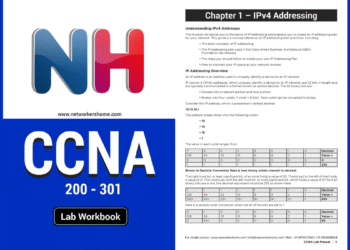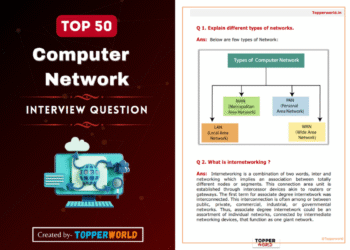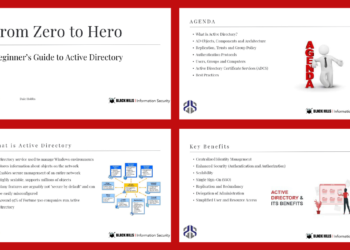Spanning Tree Protocol (STP) Handwritten PDF: Demystifying Network Redundancy
Welcome to our blog post, where we are delighted to present you with a handwritten PDF guide on the Spanning Tree Protocol (STP). As network engineers, we understand the importance of network redundancy and ensuring seamless connectivity in complex network environments. The Spanning Tree Protocol has long been a fundamental technology for achieving redundancy while preventing loops in Ethernet networks.
In this blog post, we bring you a unique handwritten PDF that serves as a comprehensive resource for understanding the Spanning Tree Protocol. Whether you’re a networking professional, a student, or an enthusiast eager to delve into network redundancy concepts, this guide will equip you with the knowledge and insights to navigate the complexities of STP.
Why Handwritten PDF?
We believe that handwritten resources offer a personal and engaging learning experience that goes beyond traditional text-based materials. The handwritten format allows us to present complex concepts in a visually appealing manner, making it easier for you to grasp the intricacies of the Spanning Tree Protocol. With clear explanations, diagrams, and examples, our handwritten PDF will guide you through STP fundamentals, operation, and practical implementations.
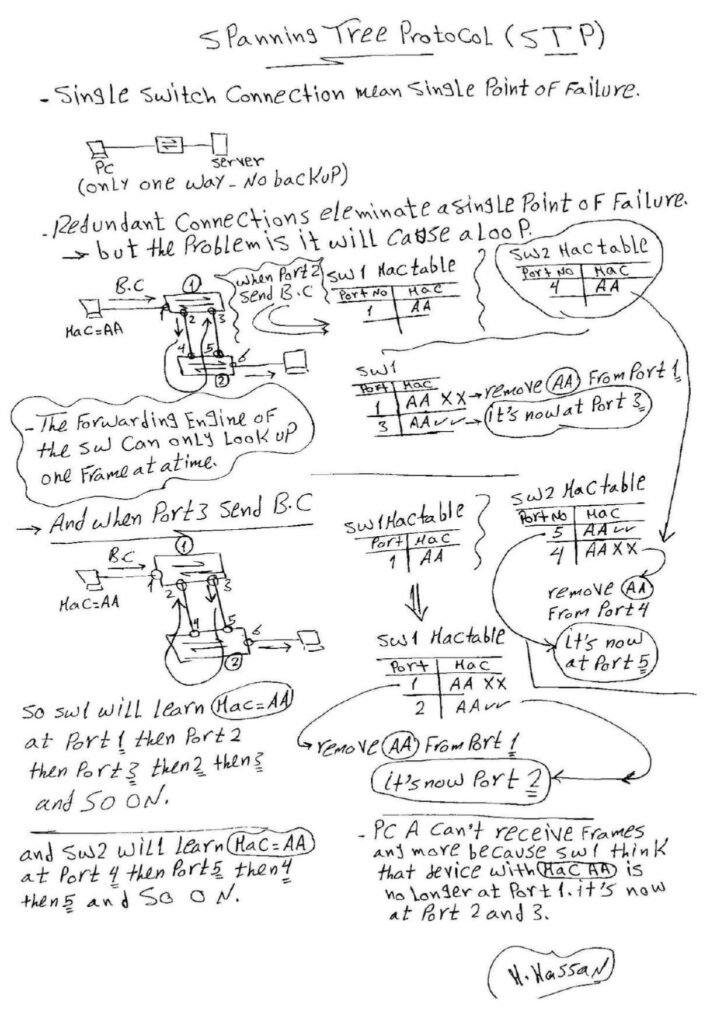
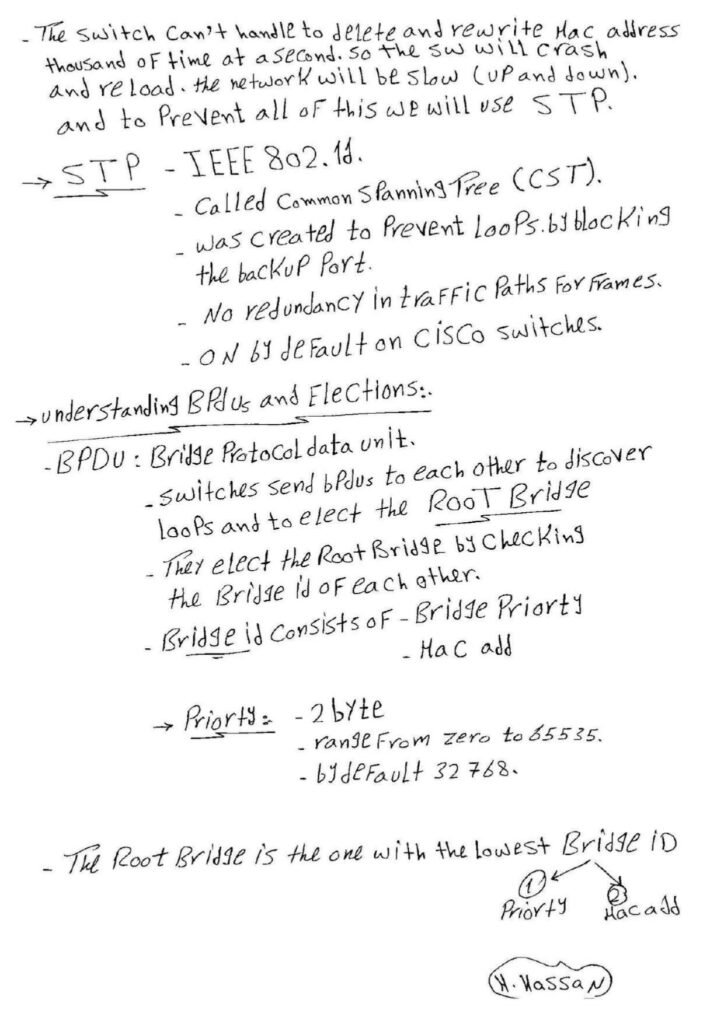
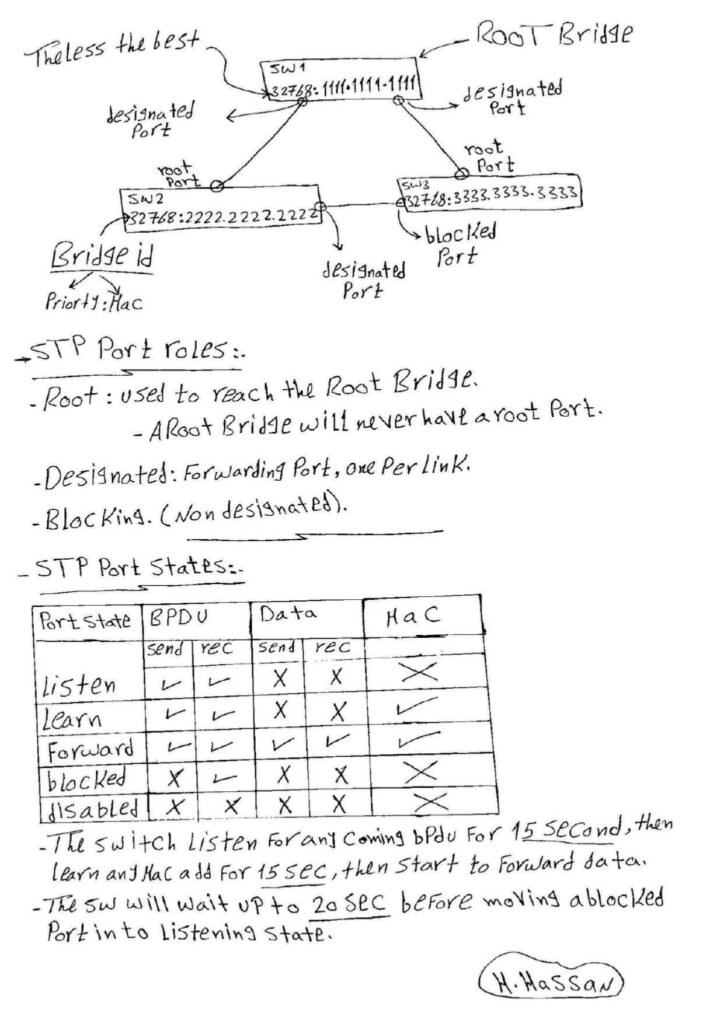
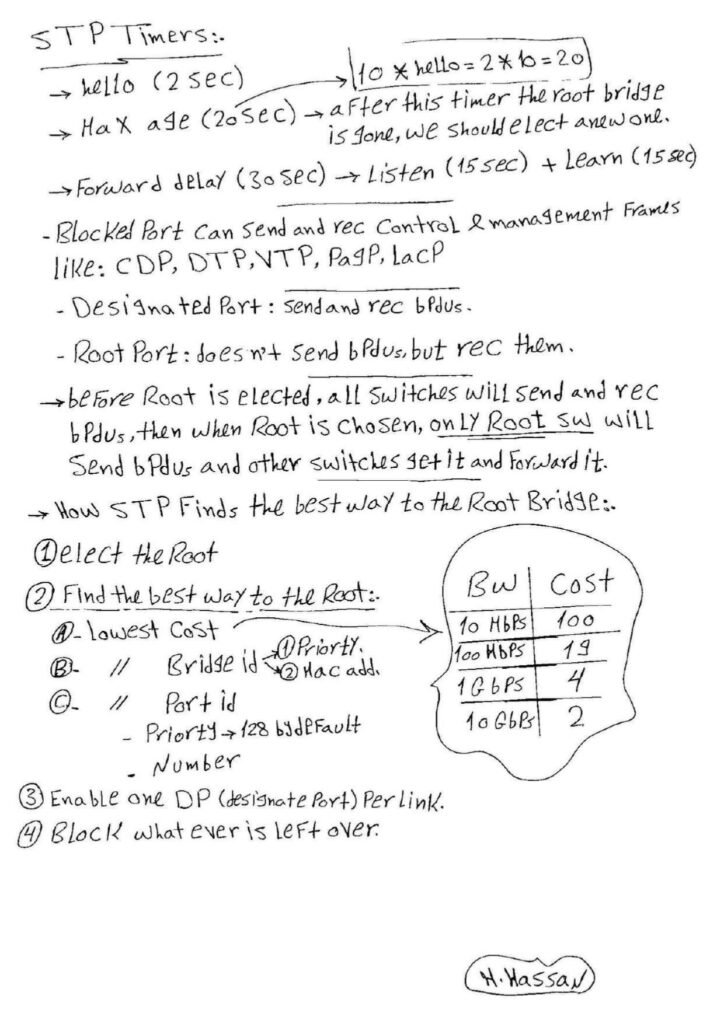
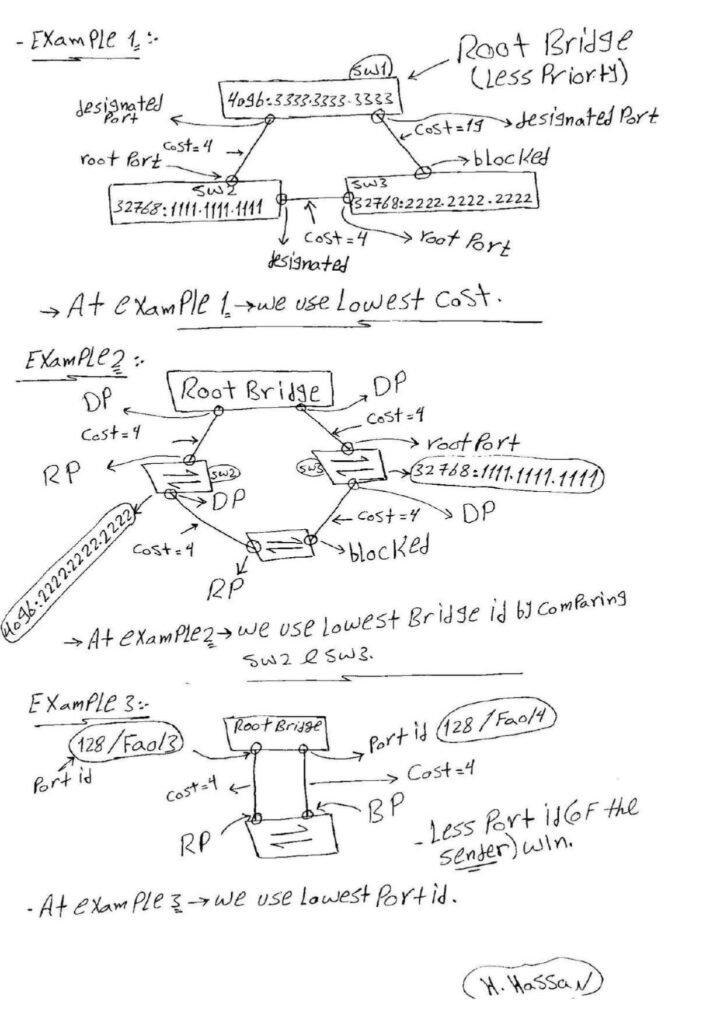
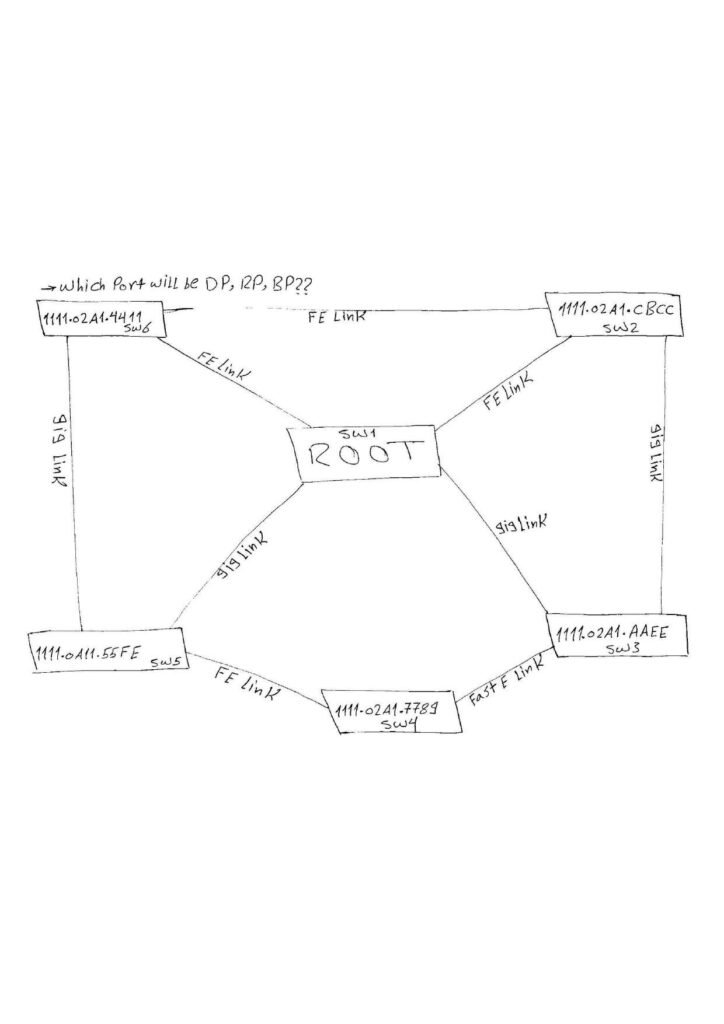
What to Expect:
In this handwritten PDF, you can expect a comprehensive exploration of the Spanning Tree Protocol, covering its purpose, operation, and variants. We’ll start by introducing the need for network redundancy and the challenges posed by loops in Ethernet networks. You’ll gain a solid understanding of STP’s role in preventing loops and ensuring a loop-free topology.
We’ll then delve into the different versions of the Spanning Tree Protocol, including the original IEEE 802.1D standard, Rapid Spanning Tree Protocol (RSTP), and Multiple Spanning Tree Protocol (MSTP). You’ll learn about the key components of STP, such as bridge priority, root bridge election, and port roles (root port, designated port, blocking port). We’ll explore the algorithm used by STP to calculate the shortest path and the mechanisms employed for loop detection and prevention.
Furthermore, we’ll discuss advanced STP features, such as PortFast, BPDU guard, and EtherChannel, that enhance network performance and reliability. You’ll also gain insights into troubleshooting common STP issues and optimizing STP configurations.
Who Can Benefit from This Resource:
- Network engineers and administrators seeking a comprehensive understanding of the Spanning Tree Protocol.
- IT professionals involved in designing and managing network infrastructures.
- Students pursuing networking certifications or courses.
- Anyone interested in network redundancy and loop prevention concepts.
Conclusion:
With our Spanning Tree Protocol Handwritten PDF, you’ll have a valuable resource at your disposal to demystify network redundancy and navigate the complexities of the STP. This guide will empower you to design, configure, and troubleshoot robust and loop-free network topologies.
Stay tuned as we unveil this unique and informative resource that will take your understanding of the Spanning Tree Protocol to new heights. Get ready to embark on an exciting journey into the realm of network redundancy with our handwritten PDF guide.
By:-
Eng Hosam Hassan
To Download PDF:-
For Other Network Books From here

